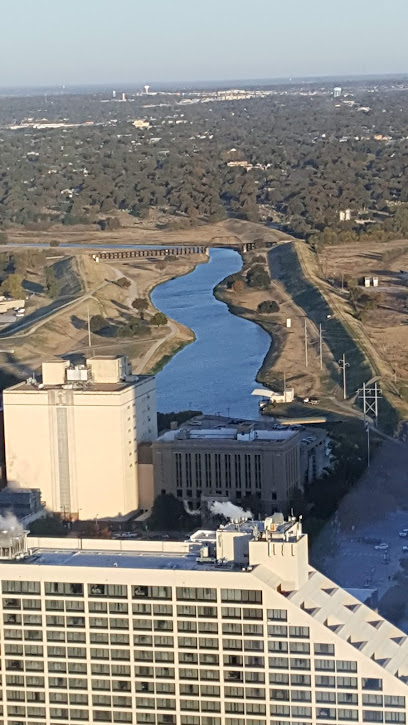Motorcycles are notorious for being loads of fun, cheap on gas, and they can get riders in and out of rush hour traffic in a breeze. Whether you ride a motorcycle or drive a car or both, it’s important that all roadway users do what they can to prevent motorcycle accidents because they can be deadly due to a lack of protection for the rider.
Before anyone rides a motorcycle on the public road, they should enroll in and successfully complete the “basic course,” which teaches new riders the fundamentals (basics) that are required for all riders to receive their Class M motorcycle driver’s license in Texas. There is also an advanced course available tailored for the more experienced rider. This course teaches riding on wet pavement, maneuvering, and other important safety skills.
Motorcycle Helmet Law in Texas
Each state has its own laws about motorcycle helmets. In Texas, all riders who are under the age of 21 are required by law to wear a helmet when they’re riding a motorcycle. Once a rider turns 21, he or she has the option of not wearing a helmet, but only if they’re covered under the right insurance plan and they’ve completed a safety course.
If you operate a motorcycle, remember, you don’t have the same protection that people have when they’re in cars and trucks. To stay safe while riding, be sure to:
- Wear a DOT-approved helmet
- Wear protective gear
- Do not ride after drinking alcohol or doing drugs
- Ride defensively at all times
- Use your headlights
- Avoid riding in the center lane where oil and debris tend to collect
- Avoid riding at unsafe speeds
- Take a motorcycle safety course
When you’re driving a car, always be on the lookout for motorcycles, especially at intersections and at highway entrances. Please keep a safe following distance from motorcycles and when passing a motorcyclist, give the motorcycle a full lane so you don’t accidentally hit them.
In a motorcycle accident? Contact Zendeh Del Law Firm, PLLC to file a claim.








